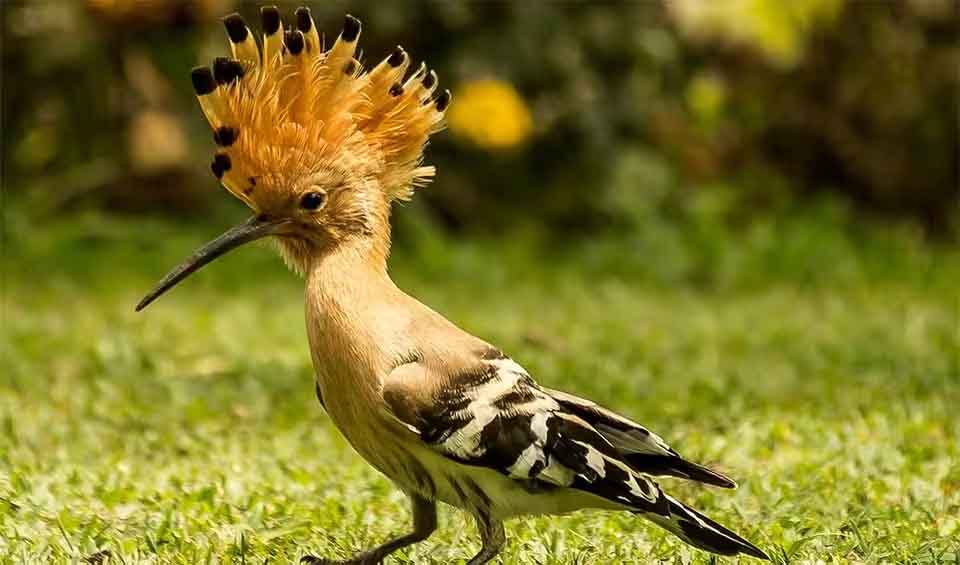Upupa – Hoopoes
Laden with exquisite colors and a crown of beautiful feathers, they are nature’s biological pest control
Upupa is home to the remarkable birds known as hoopoes, which captivate onlookers with their vivid coloration and distinctive feather patterns. This small genus comprises three species: the Eurasian, African, and Madagascan Hoopoe. The Saint Helena Hoopoe (Upupa antaios) once existed, but it has since become extinct.
Hoopoes are instantly recognizable due to their unique physical characteristics. They possess striking plumage with a harmonious blend of black and white patterns across their wings and tail feathers. When in flight, these patterns create a stunning visual effect. The crest on their head, which can open and close like a fan, adds to their distinctive profile and is used in social displays and threat gestures. Their long, thin, and curved beaks are another hallmark, perfectly designed for probing the soil in search of food.
These birds have an appetite for various invertebrates, including crickets, beetles, grubs, and other small insects. Additionally, they occasionally consume small reptiles and amphibians like frogs. Their foraging behavior is quite specialized; they search for food on the ground, using their beaks to dig into the soil. This makes them particularly beneficial to humans, as they naturally control pest populations.
Hoopoes are seldom seen catching prey in flight. Instead, they require open areas where they can walk and forage effectively. Such habitats not only provide them with food but also the necessary space for their elaborate courtship rituals and territorial behaviors.
When it comes to breeding, hoopoes are cavity nesters. They rely on the availability of suitable nesting sites, such as holes in old trees, cliffs, or even walls. This dependence on existing cavities often leads them to habitats with mature trees or structures standing long enough to develop such natural cavities. The nest is often lined with various materials, and interestingly, hoopoes are known to produce a foul-smelling liquid from their preen gland, which they use to deter predators and possibly inhibit the growth of bacteria in the nest environment.
Species in this genus
Eurasian hoopoe
Dependable wings and a muscular build. Nope, we aren’t talking about the next Redbull ad campaign


